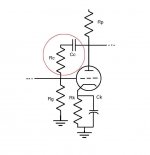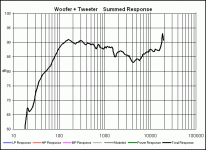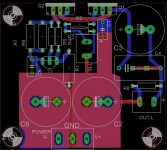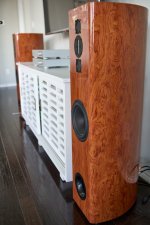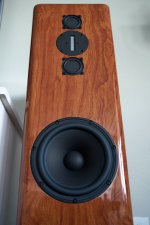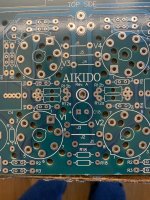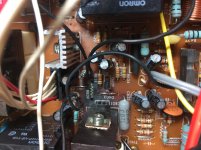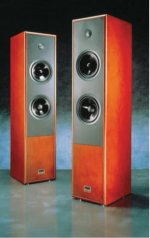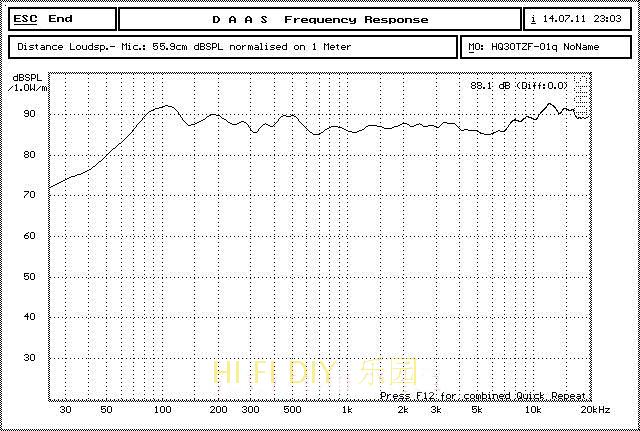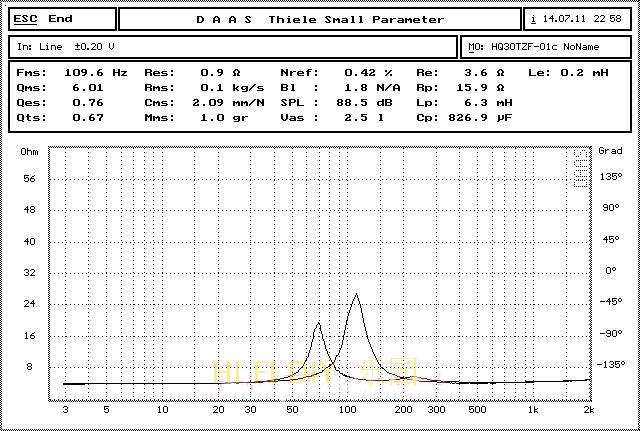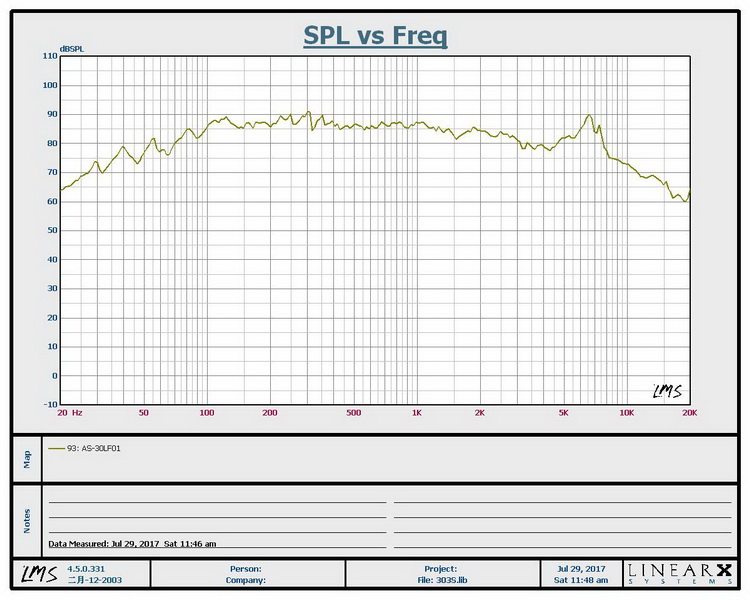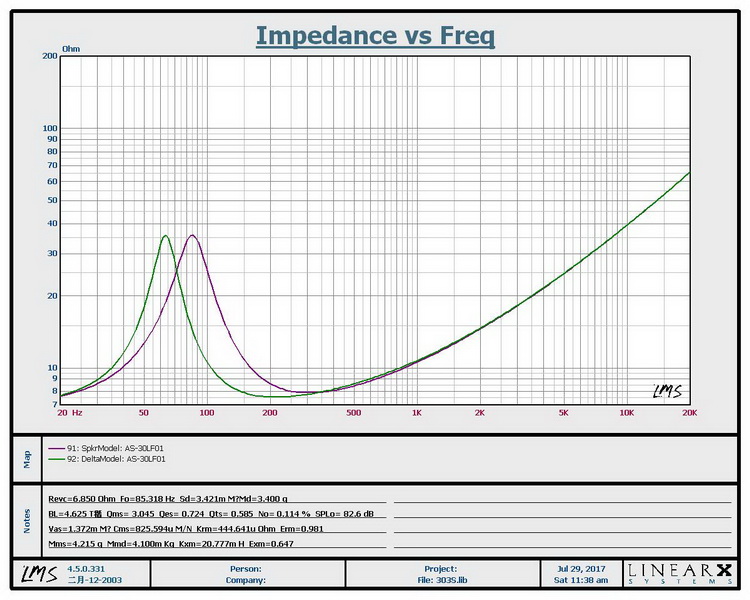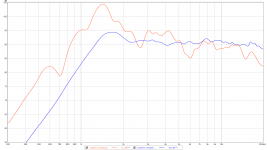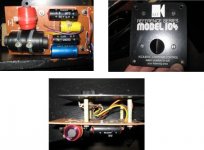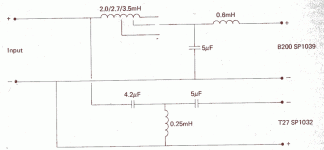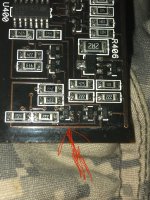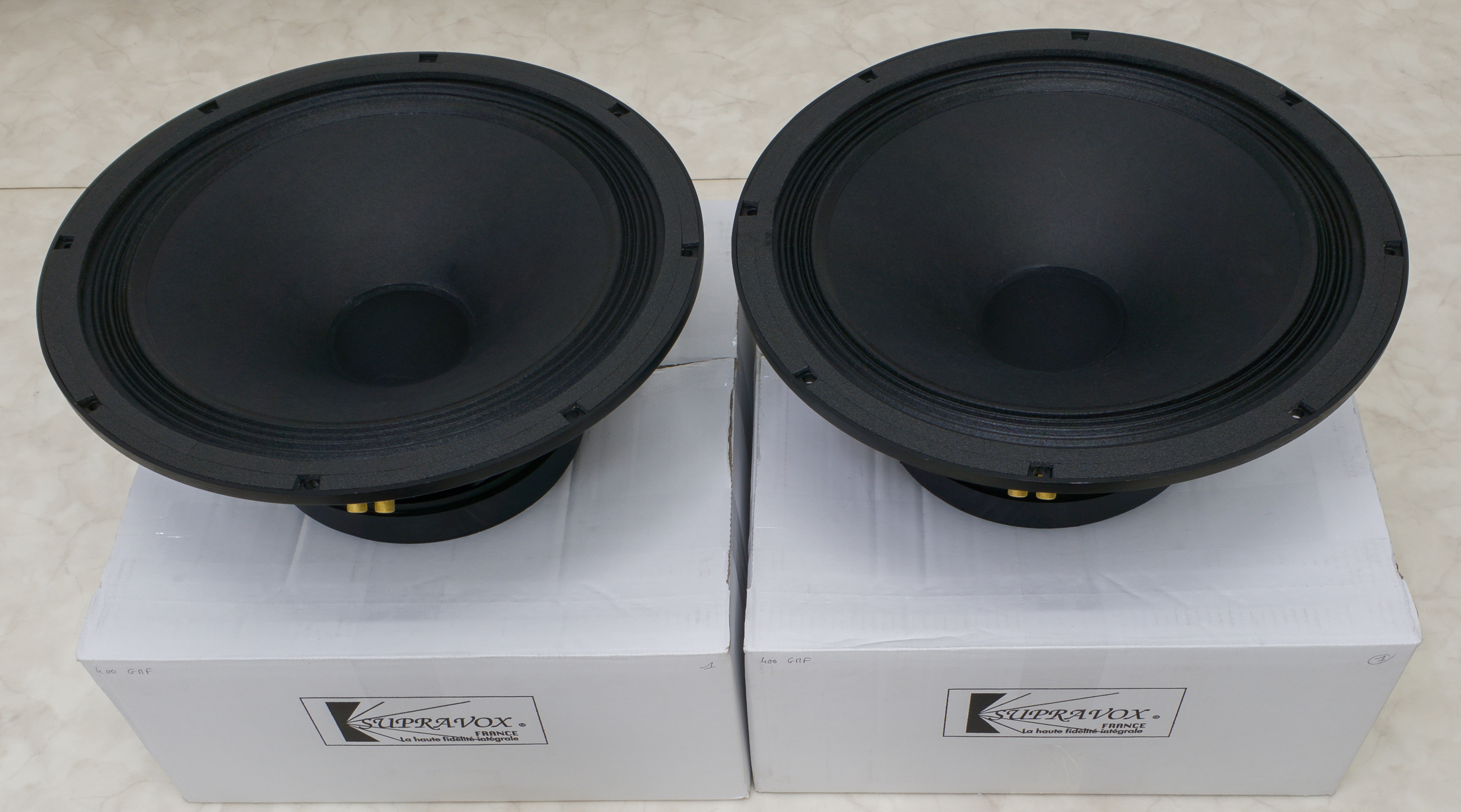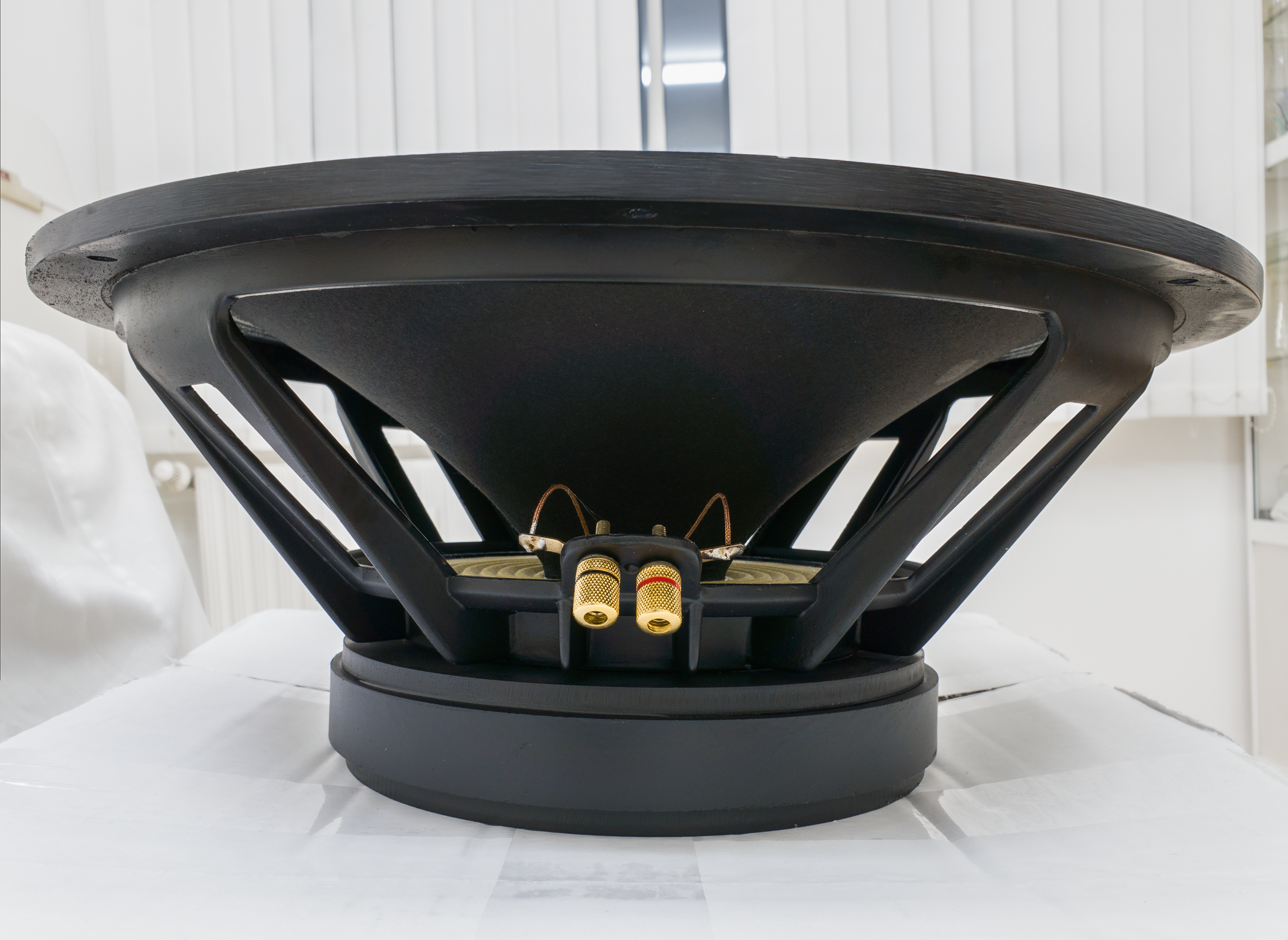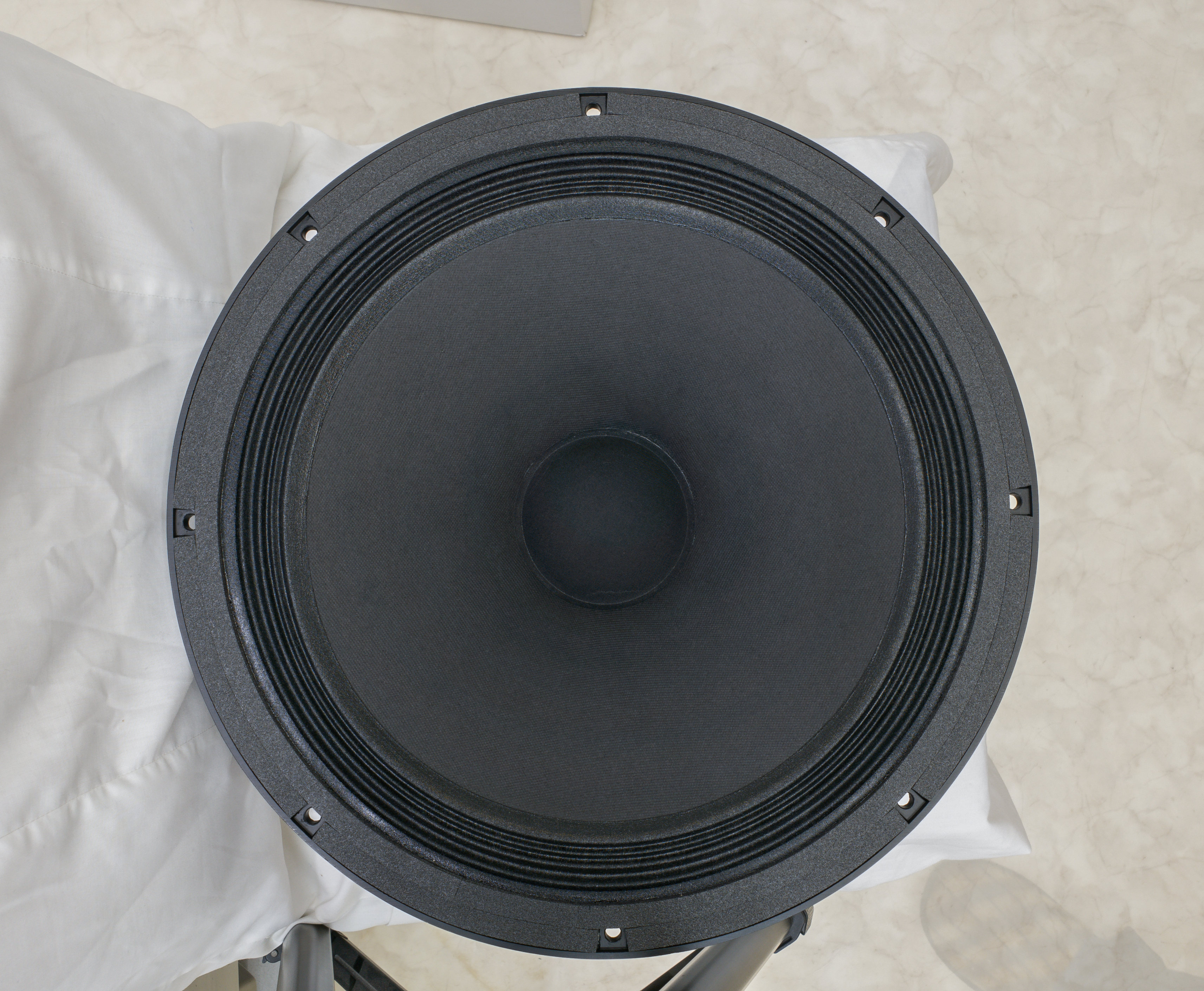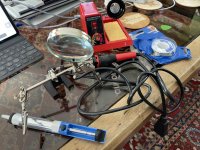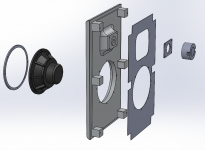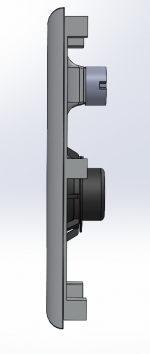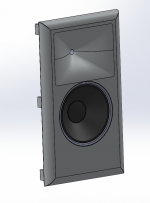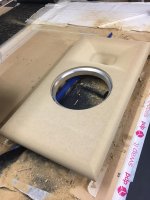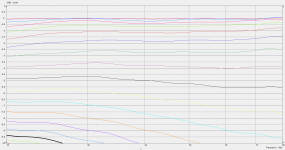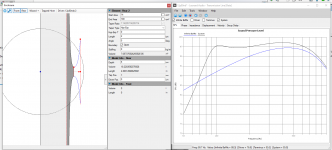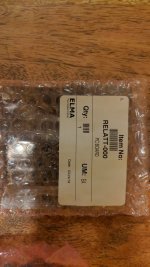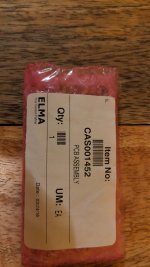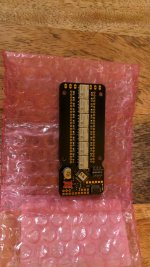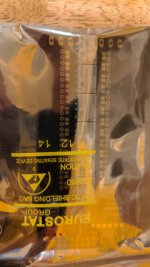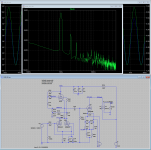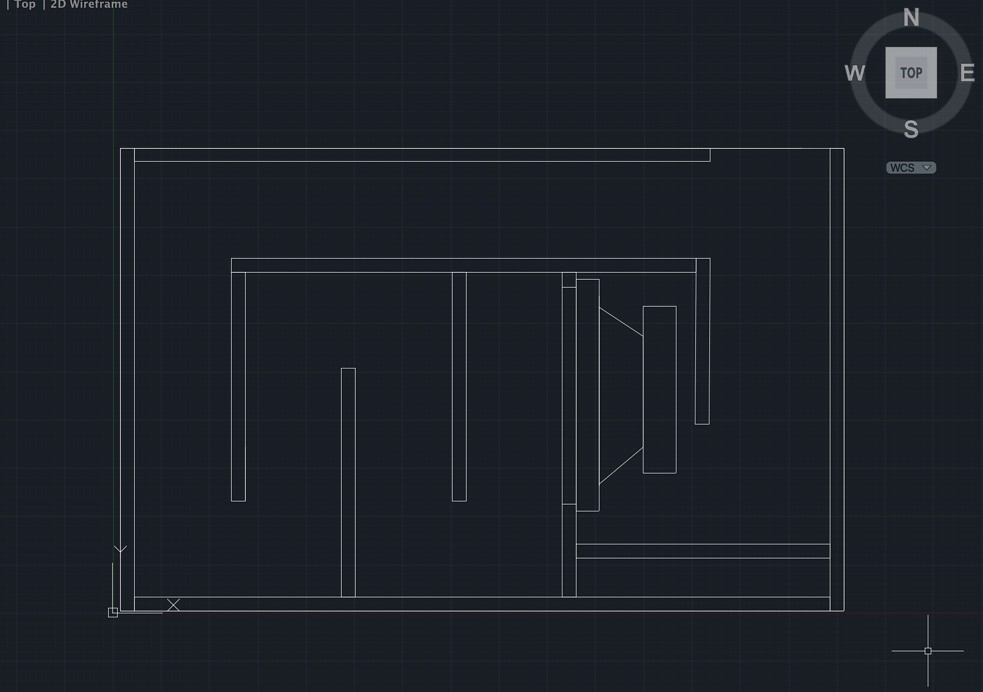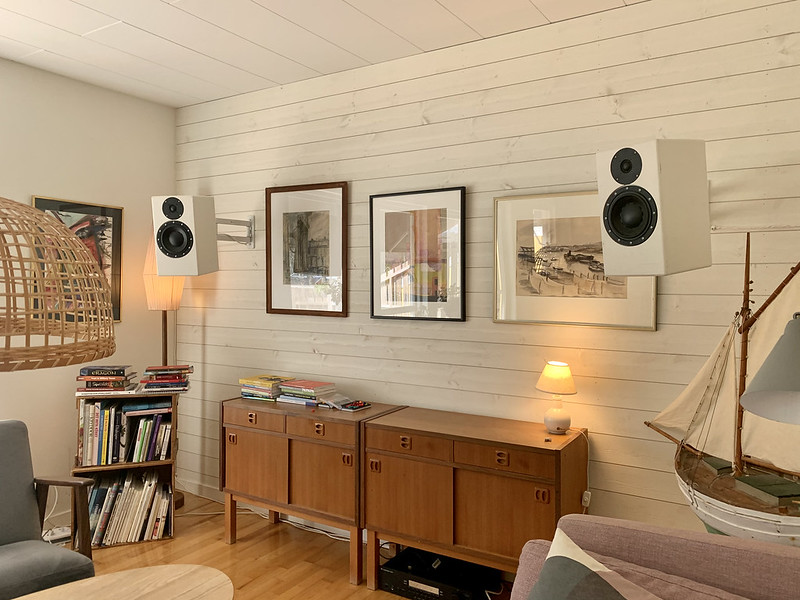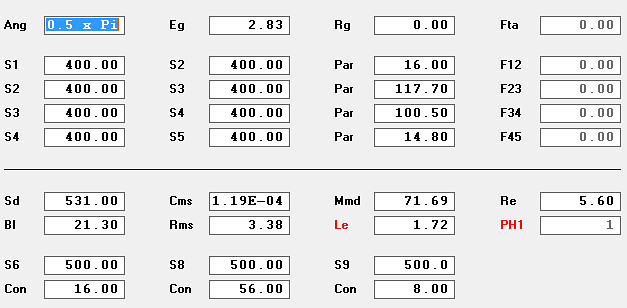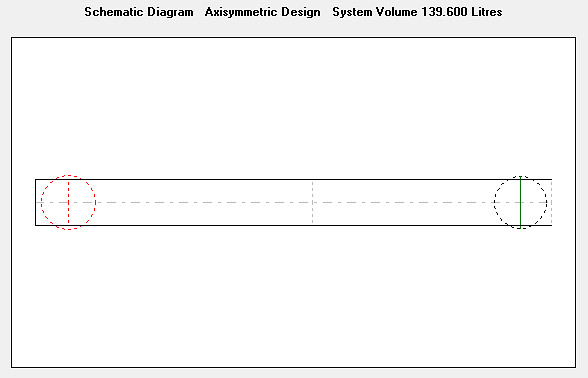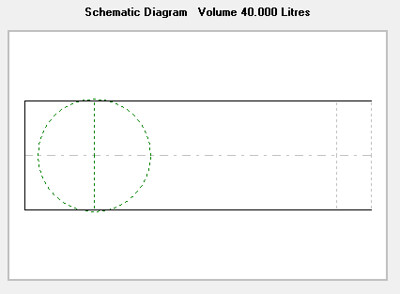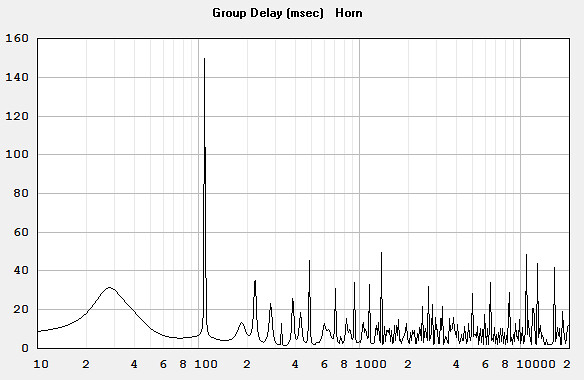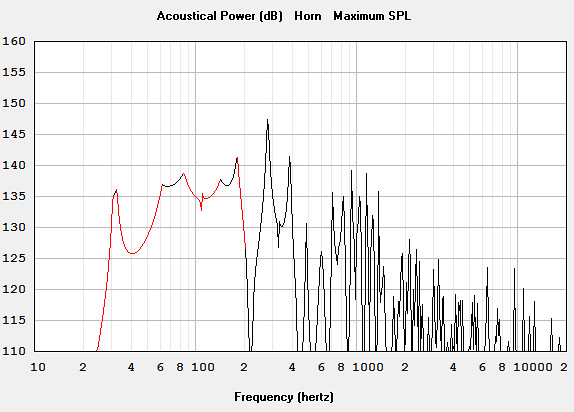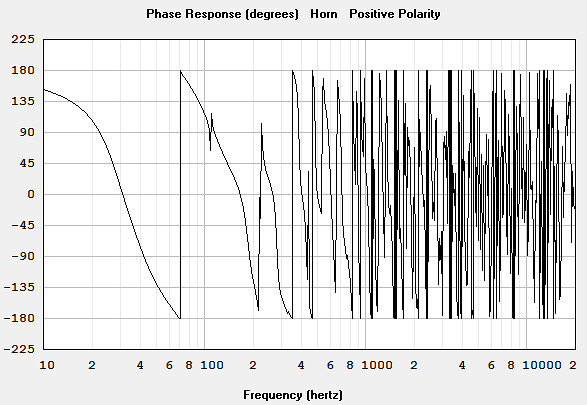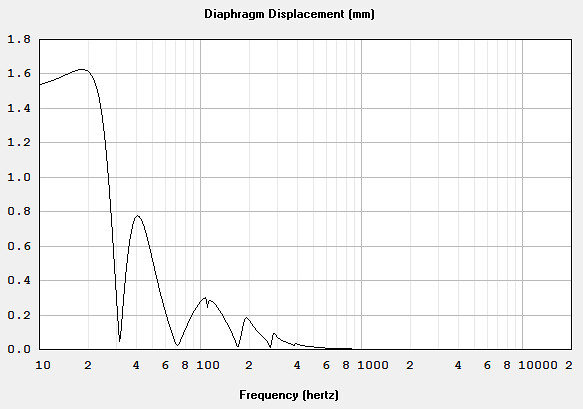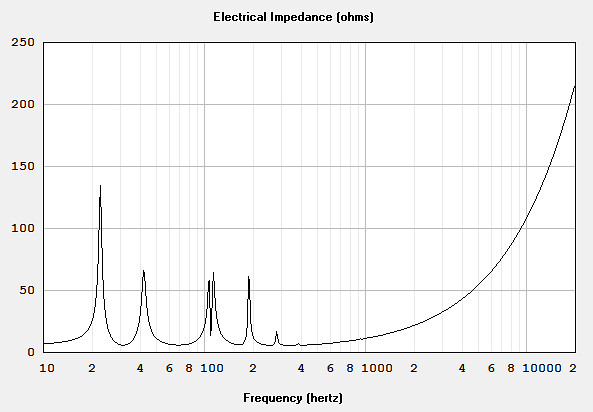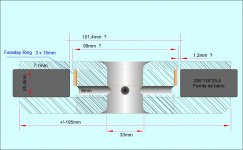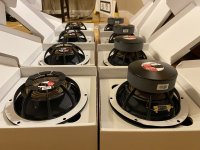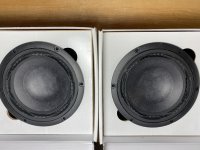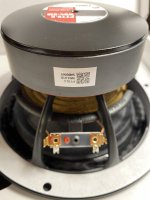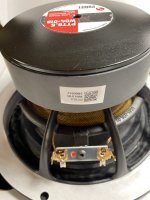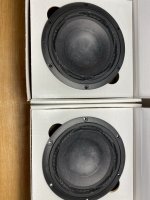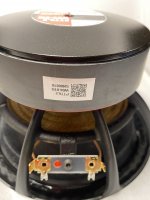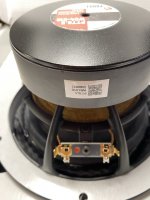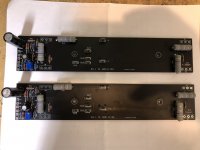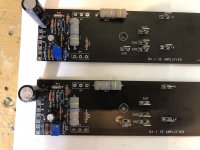Hi guys, I have been working on this for, well on and off, years now, trying to find a good solution. I bought a pair of electra 905's from the Focal distributor around 7-8 years ago, maybe longer. I got a good deal, but at the same time, I spent so much, I can't bring myself to move on to a new equal level DIY project. I've built smaller projects using focal drivers, some seas projects, etc. I like certain attributes of the Focal's, certain others not so much. Anyway, I decided to finally test my crossover skills, or lack of, on the factory crossovers. I asked the distributor for the factory crossover schematic, which he sent. I measured the drivers in the factory enclosure without a crossover, one at a time. Unfortunately, when I pair up the midbass drivers, I get a really strange measurement, and I'm not really sure how to properly do this. I talked with someone else who mentioned that I could get a reasonable approximation by just telling the crossover software I have two of these midbass drivers, but only measuring the one. My concern is that, well they aren't the same, one is on top, the other on bottom, so the distance between the two is over a foot, and it seems like this isn't the best method. None the less, I do think I am getting a reasonable approximation, so I put the factory crossover into my software, and came up with a graph, using my actual measured responses. I then tried to come up with my own crossover, adding some baffle step compensation, a better contour, and even a notch filter. Before building this, I wanted some opinions on what I have. First I will post my response charts, maybe someone can tell me if, from those, something looks funny. Then when I get a schematic for the crossover together, I can post that.
